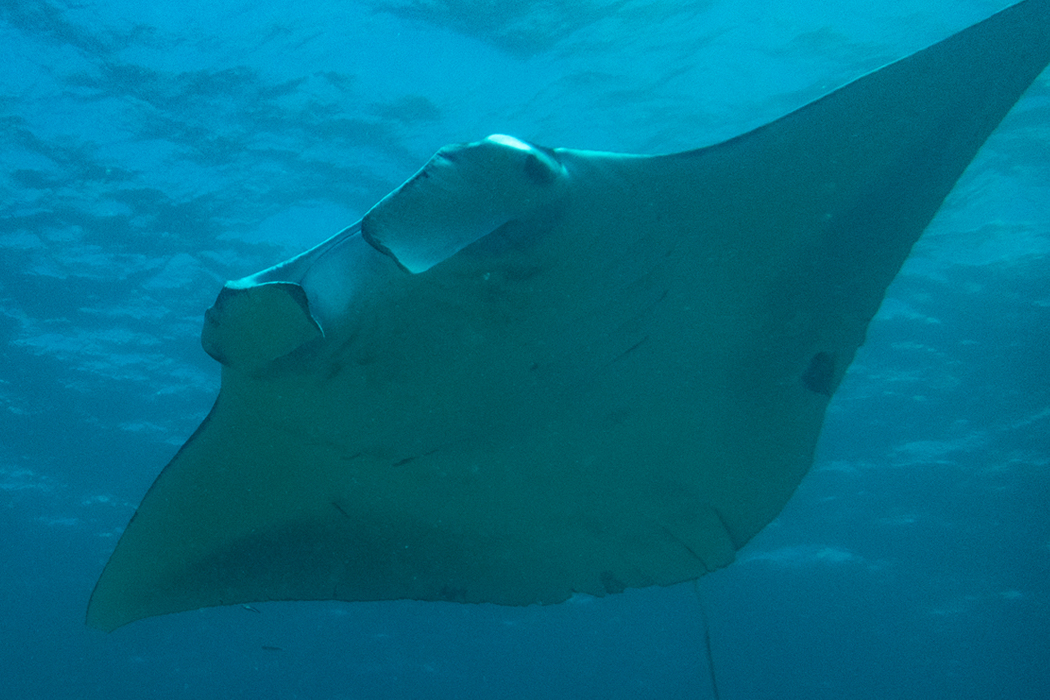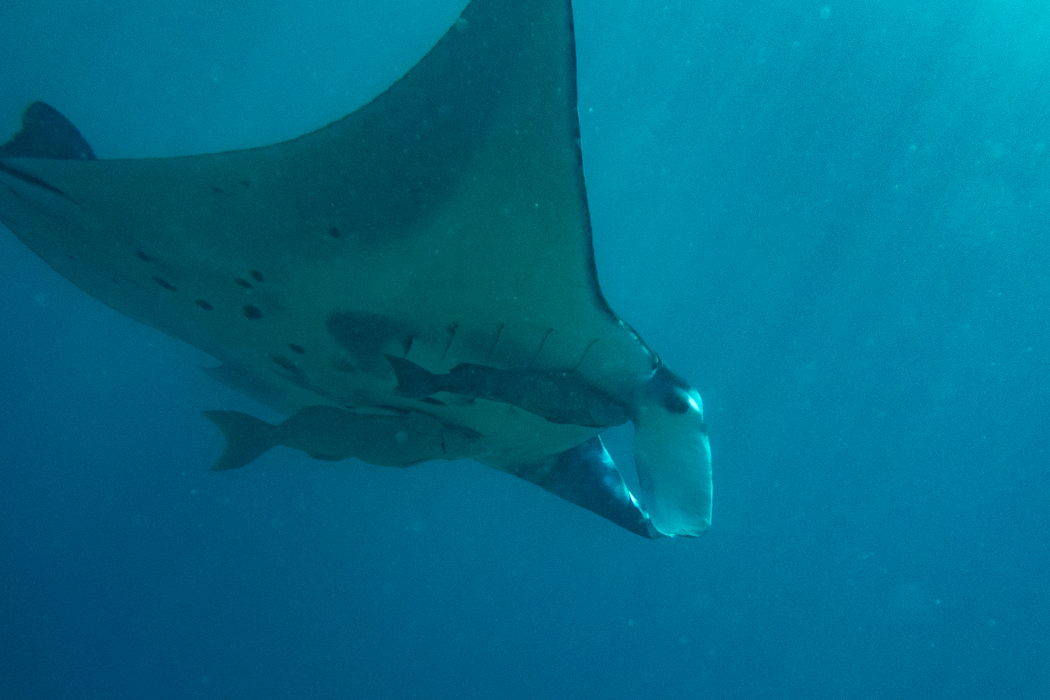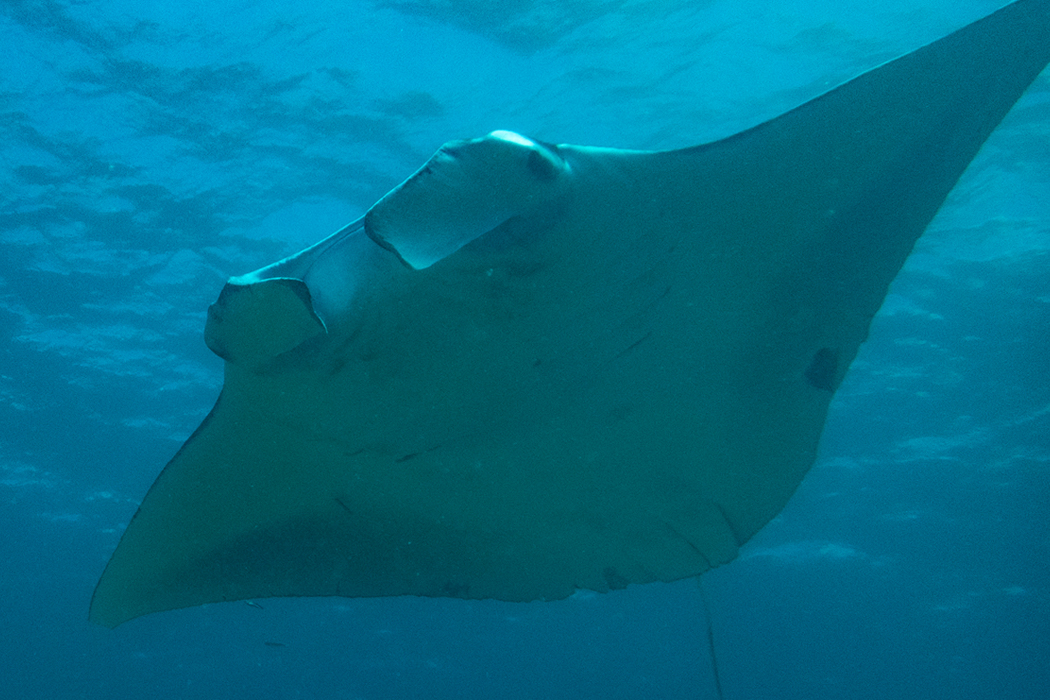
Alfred manta
Inhale plankton with a large mouth.
| Scientific name | Mobula alfredi |
| English name | Alfred manta |
| Japanese name | Nanyomanta |
| Classification | Chondrichthyes |
| Classification details | Myliobatiformes Mobulidae |
| Full length | 3-5.5m |
| Distribution | Subtropical waters of the Pacific and Indian Oceans. |
Characteristics
A large stingray that looks like a lozenge stretched horizontally. It can reach up to 5m or more. The belly is whitish with occasional gray spots. This spot has individual differences. When viewed from below, five pairs of gills can be seen. The back is gray to indigo, almost black.
Swims with a pair of cranial fins sticking out in front. It has an elongated caudal fin, but it is not poisonous.
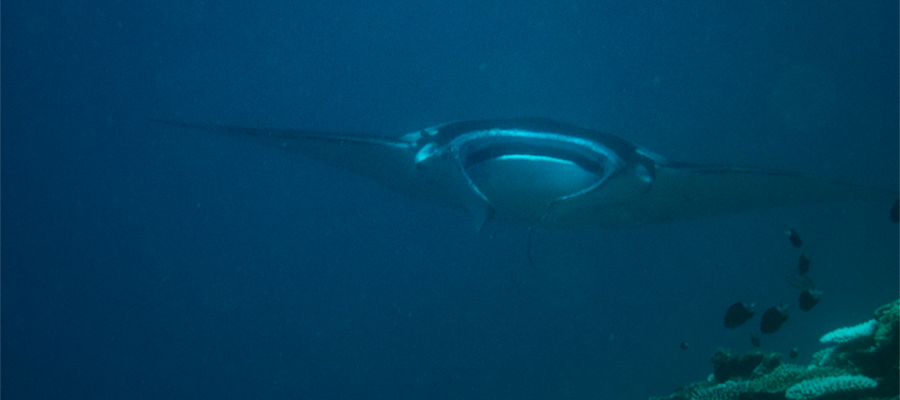
Ecology
Inhabits near the surface of the sea in subtropical coastal areas. It swims with its mouth wide open and filters out plankton to eat. They sometimes attach remora and other fish to their bodies as they aim for leftover food.
Habitat
Ishigaki Island
I took a picture of an individual I met on a boat dive. I swam into relatively shallow water and looked up from below. It circled around the reef several times, but quickly swam away. It was only for a moment, but I was impressed by its size and its leisurely swimming.
Video
The video of Alfred manta.
It was circling over coral reefs. .
Pictures
Introducing a picture of Alfred manta.
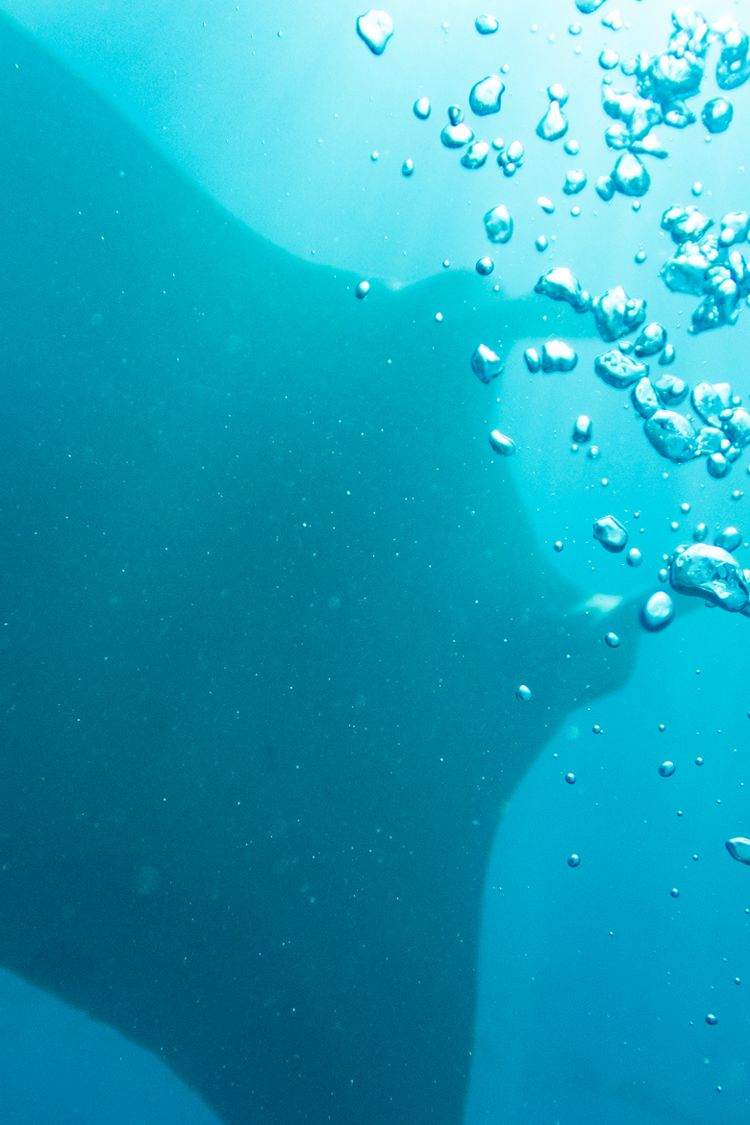
Picture book
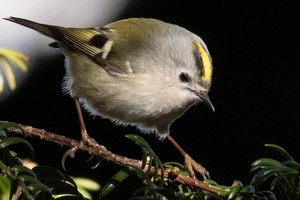
Goldcrest
Chrysanthemum flower-like yellow feathers on the head.......ead more.

Red-flanked Bluetail
One of the three representative species of blue birds in Japan......ead more.
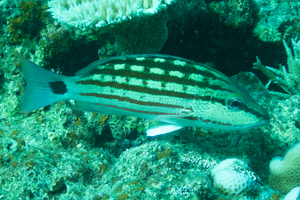
Checkered snapper
Has a mesh-like pattern on its back.......ead more.

Orbicular batfish
Juveniles camouflage on dead leaves.......ead more.

Bicolor chromisii
Navy body with white tail fin.......ead more.
